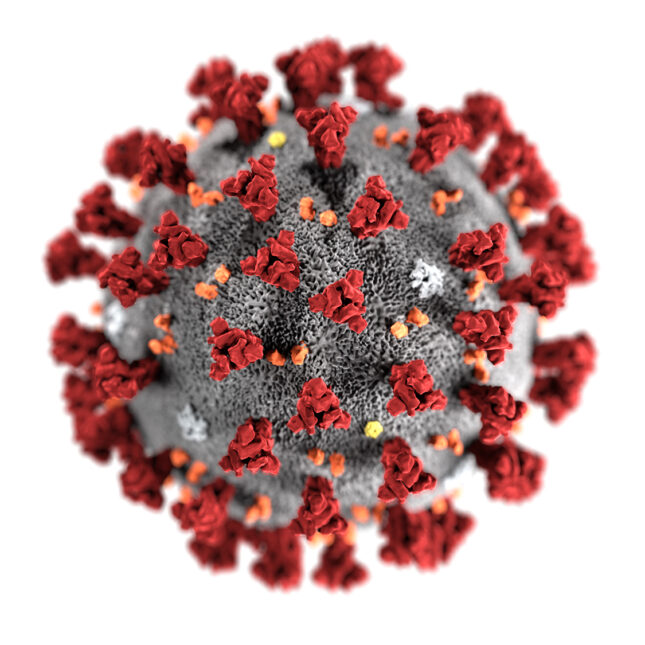Coronavirus Decontamination and Disposal Services

If you’re planning to reopen up your events business and return to regular operations soon, it’s important to ensure the necessary Covid-9 precautions are taken from the onset. You want to protect your employees and customers. It’s crucial to hire a company with experience dealing with biohazard cleaning. Working with professional Coronavirus Decontamination and Disposal Services at this time can help your business move forward, advices a biohazard cleaning professional from a licensed company such as Nielsen Environmental.
Event planners should consider implementing these strategies to maintain healthy environments.
When to Clean
Cleaning with products containing soap or detergent reduces germs on surfaces and objects by removing contaminants and may weaken or damage some of the virus particles, which decreases risk of infection from surfaces. Cleaning high touch surfaces and shared objects once a day is usually enough to sufficiently remove virus that may be on surfaces unless someone with confirmed or suspected COVID-19 has been in your facility. Disinfecting removes any remaining germs on surfaces, which further reduces any risk of spreading infection.
When to Disinfect
If your community where your events will be located have a high transmission of Covid-19, the number of people wearing masks is low and there is infrequent hand hygiene, you may decide to either clean more frequently or choose to disinfect – that is in addition to cleaning in shared spaces if certain conditions apply that can increase the risk of infection from touching surfaces. If there has been a sick person or someone who tested positive for COVID-19 in your facility within the last 24 hours, you should clean AND disinfect the space.
Remember to Use Disinfectants Safely
It is always advisable to read and follow the directions on how to use and store cleaning and disinfecting products. Always follow standard practices and appropriate regulations specific to your facility for minimum standards for cleaning and disinfection.
Restrooms
Physical distancing should be observed at all times including in the restrooms. Consider limiting the number of people who occupy the restroom at one time. This will allow for physical distancing. People standing in line in any event should maintain a 6-foot distance from one another. It may be helpful to post signs or markers to help attendees maintain the appropriate physical distance of at least 6 feet.
Ensure that restrooms are cleaned and disinfected frequently and more especially high-touch surfaces like faucets, toilets, stall doors, doorknobs, countertops, diaper changing tables, and light switches.
Washrooms should be sufficiently provided with supplies for handwashing, including soap and water or hand sanitizer with at least 60% alcohol (for staff and older children who can safely use hand sanitizer), a way to dry hands (e.g., paper towels, hand dryer), tissues, and no-touch trash cans.

